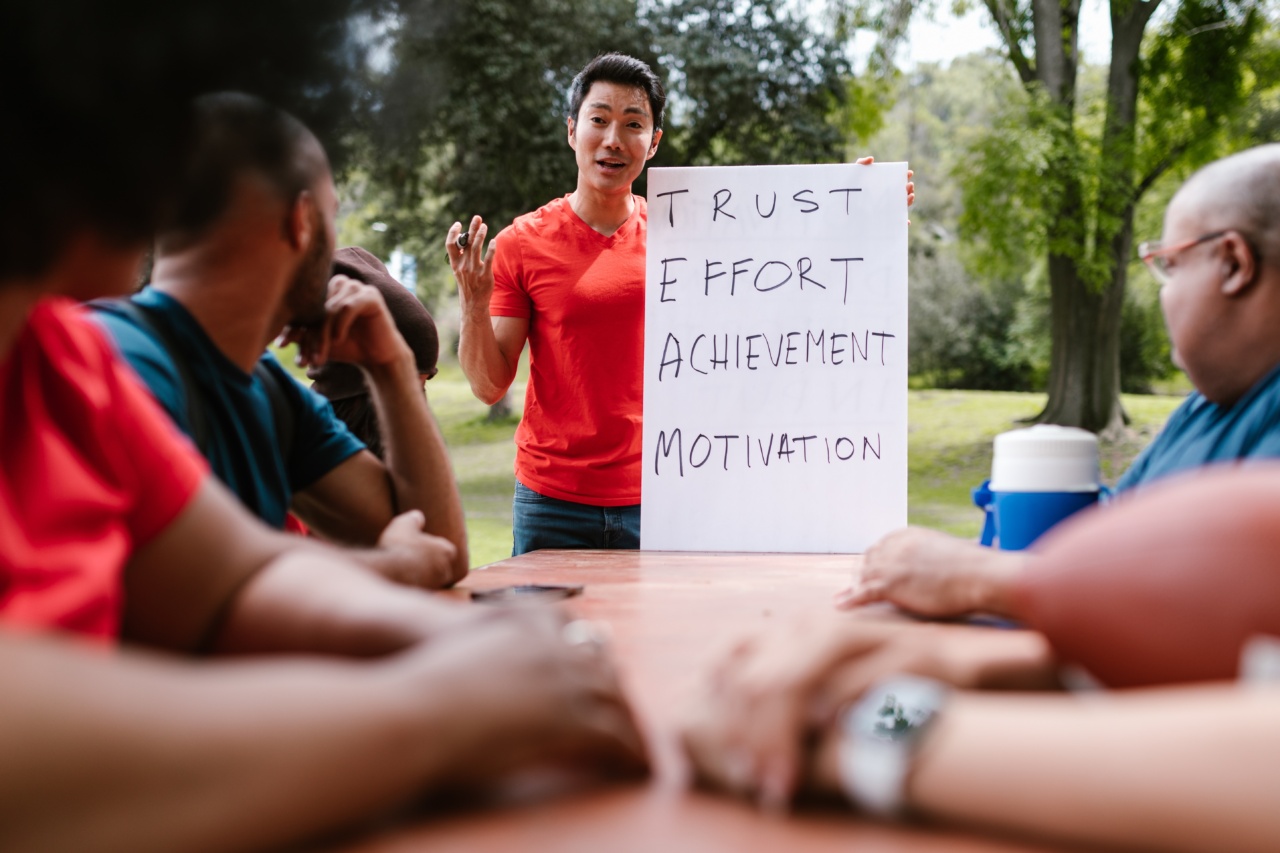Bringing home an abused dog can be both rewarding and challenging. These poor animals have often endured unimaginable cruelty and neglect, leaving them fearful and mistrustful.
However, with patience, love, and the right approach, you can rehabilitate an abused dog and help them become a happy and well-adjusted pet. This guide will provide you with all the information you need to successfully rehabilitate an abused dog.
Understanding Abused Dogs
Abused dogs may exhibit a range of behaviors as a result of their traumatic past. It’s important to understand these behaviors before beginning the rehabilitation process..
1. Fear and Anxiety: Abused dogs often experience high levels of fear and anxiety. They may shy away from human contact, display aggressive behaviors, or exhibit excessive fear of certain objects or situations.
2. Trust Issues: Due to their history of abuse, these dogs may struggle to trust humans. Building trust will be a gradual process that requires patience and consistency.
3. Lack of Socialization: Many abused dogs have not been properly socialized with other animals or people. As a result, they may struggle to interact with unfamiliar faces or new environments.
Creating a Safe Environment
Providing a safe environment is crucial for the rehabilitation process to begin..
1. Quiet Space: Designate a quiet area of your home that will serve as the dog’s safe space. This should be a place where they can retreat to when feeling overwhelmed or scared.
2. Remove Triggers: Identify triggers that may cause fear or anxiety in your dog. These can be loud noises, certain objects, or specific actions. Remove or avoid these triggers until your dog is ready to face them.
3. Limit Exposure: Initially, limit interactions with unfamiliar people or animals. Gradually introduce new experiences once your dog has built trust and confidence.
Building Trust
Establishing a strong foundation of trust is essential for the rehabilitation process to be successful..
1. Patience and Consistency: Be patient and consistent with your dog. Follow a routine for feeding, walks, and playtime so that they can anticipate what to expect.
2. Positive Reinforcement: Use positive reinforcement techniques, such as treats or praise, to reward your dog for good behavior. This will help them associate positive experiences with humans.
3. Avoid Punishment: Never punish or yell at your dog, as it will only reinforce their fear and mistrust. Instead, focus on redirecting their behaviors towards more appropriate options.
Socialization and Training
Proper socialization and training are integral to helping your abused dog become comfortable in different situations..
1. Gradual Exposure: Slowly expose your dog to new experiences, people, and animals one at a time. Start with controlled environments and gradually increase the level of stimulation.
2. Professional Help: Consider enrolling your dog in a training class or working with a professional dog behaviorist who specializes in rehabilitating abused animals. They can provide guidance and support throughout the process.
3. Obedience Training: Teach your dog basic obedience commands such as sit, stay, and come. This will not only enhance their skills but also boost their confidence and sense of security.
Physical and Mental Stimulation
Providing appropriate physical and mental stimulation is essential for your dog’s well-being and rehabilitation..
1. Daily Exercise: Regular exercise helps relieve stress and anxiety in dogs. Take your dog for daily walks, play fetch, or engage in activities that match their energy levels.
2. Interactive Toys: Provide your dog with interactive toys that require problem-solving or offer mental stimulation. This can help keep their mind engaged and prevent boredom.
3. Establish a Routine: Dogs thrive on routine. Establish a daily routine that includes feeding, exercise, playtime, and rest. Consistency will help your dog feel secure and gradually build their confidence.
Seeking Professional Help
While you can make a significant difference in rehabilitating your abused dog, seeking professional help may be necessary in some cases..
1. Severe Trauma: If your dog has experienced severe trauma or displays extremely fearful behaviors, consulting with a professional behaviorist or veterinarian is crucial.
2. Specialized Training: Some abused dogs may benefit from specialized training programs designed for rehabilitating traumatized animals. These programs can provide intensive support and guidance.
3. Emotional Support: Don’t hesitate to seek emotional support for yourself as well. Rehabilitating an abused dog can be emotionally challenging, and having a support system can greatly assist you through the process.
The Road to Recovery
Rehabilitating an abused dog requires time, patience, and unconditional love. Celebrate small victories and understand that setbacks are a part of the journey..
By creating a safe environment, building trust, providing socialization and training, offering physical and mental stimulation, and seeking professional help when needed, you can guide your abused dog on the road to recovery.
Remember, the transformation may not happen overnight, but with your dedication, you can make a significant difference in their life.






























